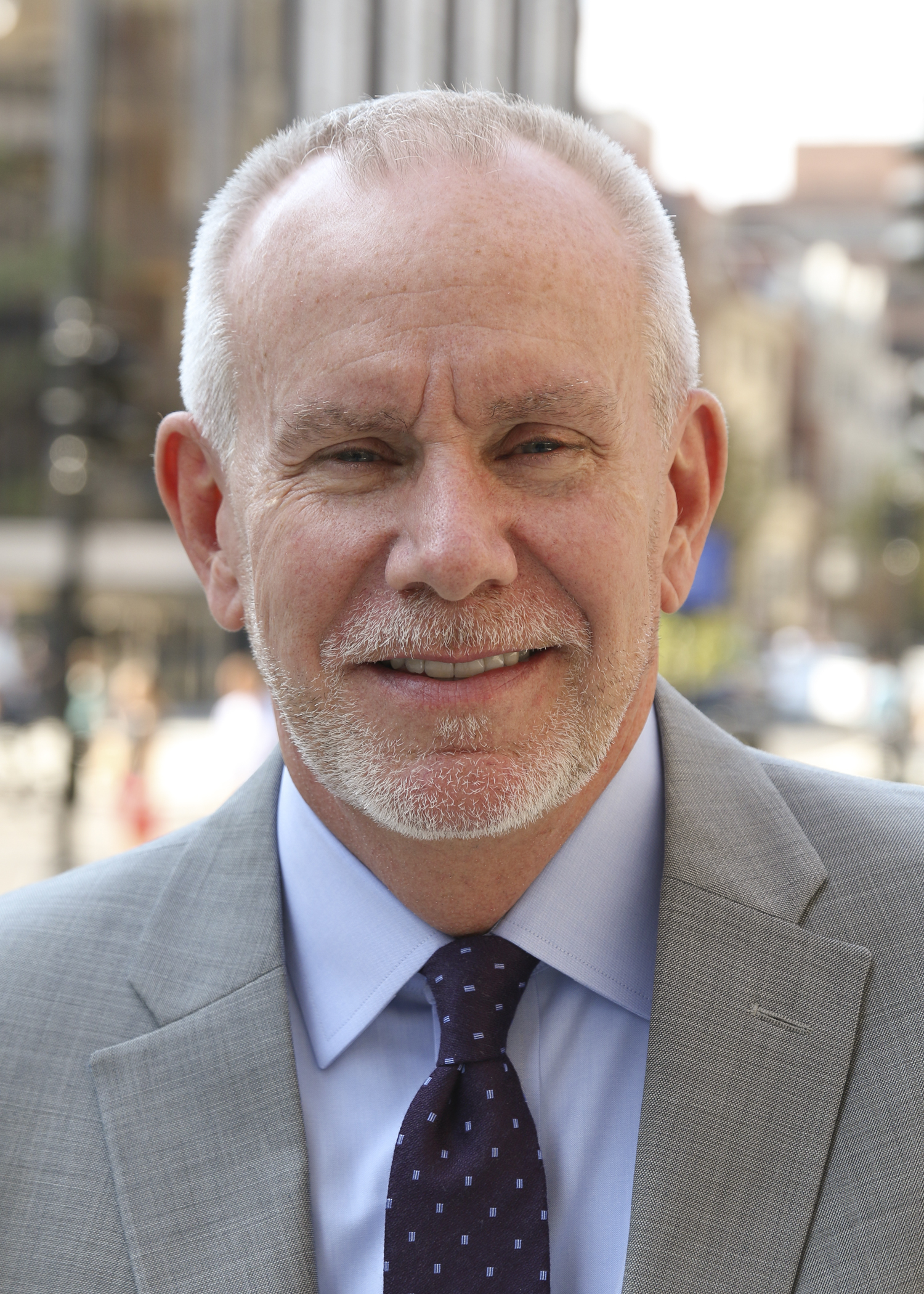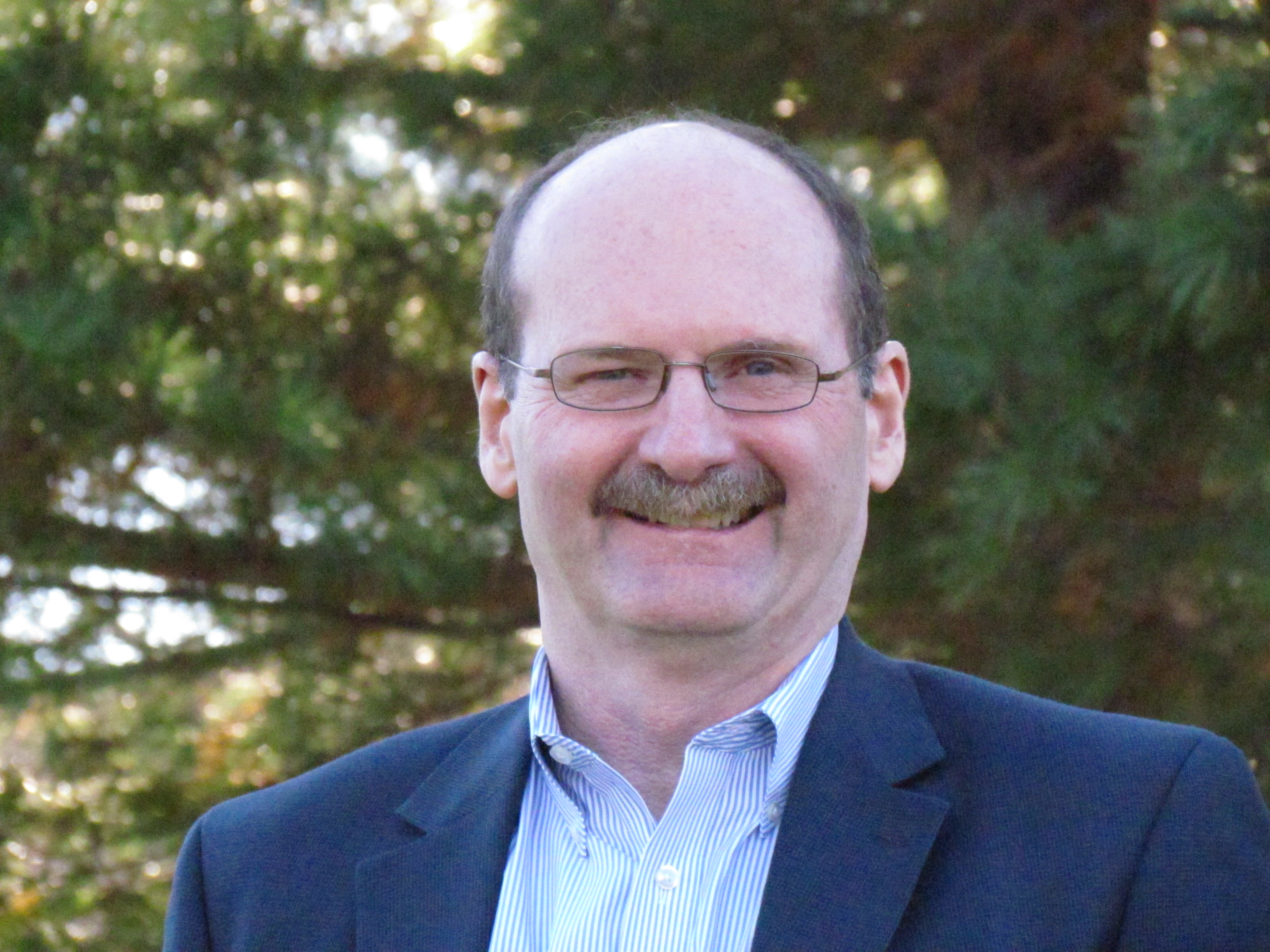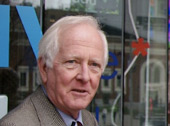2024 NAB Show Shines Spotlight on Broadcasters’ Road to the Future
Event launches its second century focusing on streaming, NextGen TV, advances in content creation

LAS VEGAS—Year one of the NAB Show’s second century is shaping up to be a window on a future that broadcasters will be able to imagine a little more confidently than in recent years.
“As an industry, we have the opportunity to set the tone for the next 100 years,” says Chris Brown, executive vice president and managing director of NAB Global Connections and Events. “It’s an exciting time to see technology reach a point where truly extraordinary advances are possible—in how content is produced, distributed and consumed.”
‘Foundation of Optimism’
For TV stations and their network affiliates, putting these technologies to work across OTA, MVPD, CTV, and streaming outlets to keep audiences engaged while preserving the primacy of broadcast’s role in serving the public is the priority, abetted by new avenues to lowering costs across legacy as well as next-generation operations. While broadcasters—like other segments of the M&E industry—are dealing with serious “headwinds,” as Brown puts it, unlike recent events in the Covid and post-pandemic era, this year’s show is built on a “foundation of optimism with improving macroeconomic conditions.”

(Note: Brown is being succeeded this year by Karen Chupka, former executive vice president of CES and CTA chief strategy officer)
Along with highlighting an unprecedented confluence of advanced technologies that have simultaneously reached commercial viability for the entire M&E industry, the 2024 show—April 14-17 in Las Vegas—will feature an expanded agenda specifically tuned to broadcasters’ interests.
For example, there will be “roughly double” the number of sessions in the annual Broadcast Engineering and IT (BEIT) conference NAB jointly sponsors with the Society of Broadcast Engineers and a return to providing the off-floor “Broadcast District,” in the West Hall of the Las Vegas Convention Center which was introduced last year as a focal point for networking and learning that Brown says worked “spectacularly well.”
Standing Out from the Crowd
The upheaval in the streaming market, driven by consolidation and the popularity of ad-supported and FAST services, is forcing companies to distinguish themselves in an increasingly crowded market.
The professional video industry's #1 source for news, trends and product and tech information. Sign up below.

“There’s a lot happening,” says Rick Ducey, managing director at local advertising consultancy BIA Advisory Services. “Everybody is trying to be creative and trying to find the space where they can have that differentiator against the competition.”
It’s an audience retention and building agenda that’s essential to driving ad revenue. While the explosion in ad-supported OTT services is squeezing the local TV ad take, “we still see it growing,” Ducey says. “All the TV groups have streaming plays and digital plays.”
A major factor shaping the future of TV advertising is broadcasters’ growing reliance on programmatic technology in conjunction with various modes of targeted ad placements streamed to connected TVs (CTVs), which, as Ducey says, are now “the runaway hit in advertising generally.”
TV groups’ efforts to maintain growth momentum is “really more about product expansion, and that means distribution of the current content and even producing additional content for things like the FAST CTV services they’re managing under their own brands or distributing through other platforms.”
Focus on NextGen TV
And then there’s the looming business expansion opportunity embodied in the launch of ATSC 3.0 (aka “NextGen TV”). Attention devoted to the advanced broadcast standard will be more pervasive than ever at this show.
“ATSC 3.0 is becoming more and more of a mainstream technology in the broadcast industry and hence also at the NAB Show,” Brown says. “With broadcast transmissions available in markets covering 75% plus of the U.S. population, vendors are pretty much all integrating ATSC 3.0 into their commercial product lines. So the technology will be widespread on the exhibit floor.”
Once again the Advanced Television Systems Committee will be in the West Hall showcasing current and future applications of ATSC 3.0 technology, consumer receivers and set-top boxes, as well as highlighting ATSC 3.0 applications and services outside the U.S. ATSC 3.0 topics will also be addressed during the four-day BEIT Conference.

No station owner has been more aggressive about driving NextGen TV to market than Sinclair Broadcast Group. Achieving 75% coverage demonstrates ATSC 3.0 is now “on the map,” says Del Parks, Sinclair Broadcast Group president of technology. “That’s kind of a prelude to the next step,” which is “when can we sunset 1.0? That’s the real question.”
Sinclair and its station group allies in tandem with the NAB-led Future of Television task force are pressing hard for cooperation from CE manufacturers and retail dealers not only to create and market 3.0 TVs, media player dongles, and set-top boxes, but to let the public know what’s in store for viewers. That means 3.0 OTA channels now up and running have to deliver “better experiences and additional features,” Parks says.

Toward that end, one of the strategies Sinclair is pursuing involves utilizing Technicolor’s Advanced HDR platform based on the Single Layer (SL) HDR standard to convert their SDR-formatted programming to HDR for viewing on SL-HDR-compatible TV sets. While SL-HDR 1 is way behind the other leading HDR formats in garnering support from TV OEMs, Sinclair isn’t alone moving in this direction, Parks says. “I believe there are other station groups adopting it,” he notes without naming them.
Parks says he’s “really optimistic” about the outlook for NextGen TV. Along with delivering HDR and 4K, “there’s a laundry list of experiences we can deliver to the consumer,” including “enhanced sound, advanced emergency information, HTML overlays that consumers can select or we can pop up.”

Public broadcasters, too, want to get ATSC 3.0 off the ground, but they have a tougher row to hoe than the commercial stations, says Nebraska Public Media CTO Ling Ling Sun. Noting the successes of commercial lighthouse alignments, she says, “We haven’t been able to be part of that. However, we are upgrading our system to be ready to broadcast in 3.0.”
NPM is testing audience responses to potential 3.0-enabled features with an app supporting service enhancements and 4K HDR delivery over its internet feed. And there’s also a possibility of aligning its Omaha transmitter in a lighthouse arrangement with Iowa PBS.
Content Creators
As always, production and postproduction will be a primary topic at the NAB Show with a focus on cutting-edge technology supporting cost-saving efficiency and content innovation. “The internet and related advances in production tools have made high-quality content creation, at or near professional levels, something much more attainable for all,” Brown says.
Points of coverage at the Post|Production World Conference and show floor will include production virtualization, cloud-based and remote production and “an overall shift from hardware-based to software-based infrastructure,” he adds. “Of note, we will have a unique demonstration of a cloud-based workflow in the ‘Connect Zone’ in the West Hall, produced in partnership with Diversified. We will also be featuring an AWS News Studio in the West Hall lobby using a cloud-based workflow.”

The show will provide much-needed help for producers unsure of how far to go in putting these new technologies to use, says Dave Van Hoy, president of the Advanced Systems Group (ASG) consultancy. “One of the big challenges today is there are so many options in ways to approach production, it takes a lot of sorting out to find the right way, not only for each client but each production that client does,” he says. For example, “there’s a lot of talk around in-cloud tools,” he notes. But before assuming going to public cloud-based workflows is a slam dunk, producers “have to decide what the goal is.”
Generally speaking, “It’s pretty unclear that using public cloud technology actually saves you money over a period of time,” he says. “If you’re an ongoing operator with egress and ingress costs, I’m not sure [the public cloud] is less expensive” unless the goal is to save money by supporting remote collaboration.
In any event, Van Hoy adds, the major benefit resulting from reliance on cloud-based workflows is “it allows you to be more nimble by quite a bit.” Coming to this year’s NAB Show, ASG customers are looking at how to accommodate “more software-defined productions, even in on-premises hardware like software-defined switchers and routers, so they can be agile at the least possible costs.”
Another production-related topic which the NAB Show will again shine a light on is the question of whether to apply SMPTE ST 2110 techniques to move out of SDI to IP-based workflows. While the cost-saving case for doing so in many instances “is a no brainer,” there’s still a lot of hesitation in the marketplace, Van Hoy says.
However, in the case of virtual production technology and the use of LED walls, while adoption isn’t universal, the benefits are well understood with usage growing “up and down the chain” from broadcast news operations to big productions, Van Hoy says. Even producers who don’t yet have the in-house skillsets to use the technology want “to make sure they’re prepared with power and lighting laid out to where that infrastructure can be added as an option,” he adds.
Broadcasters will also have an opportunity for in-depth exploration of AI’s ramifications for their businesses. “This trend is important and pervasive enough that we are creating a Guide to AI that will point to the programs and exhibitors that focus on some aspect of AI,” Brown says.
To register for the show, visit www.nabshow.com.
Fred Dawson, principal of the consulting firm Dawson Communications, has headed ventures tracking the technologies and trends shaping the evolution of electronic media and communications for over three decades. Prior to moving to full-time pursuit of his consulting business, Dawson served as CEO and editor of ScreenPlays Magazine, the trade publication he founded and ran from 2005 until it ceased publishing in 2021. At various points in his career he also served as vice president of editorial at Virgo Publishing, editorial director at Cahners, editor of Cablevision Magazine, and publisher of premium executive newsletters, including the Cable-Telco Report, the DBS Report, and Broadband Commerce & Technology.

